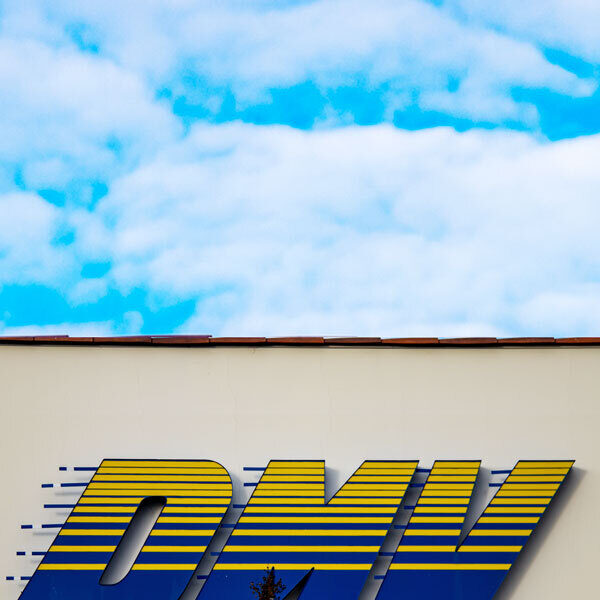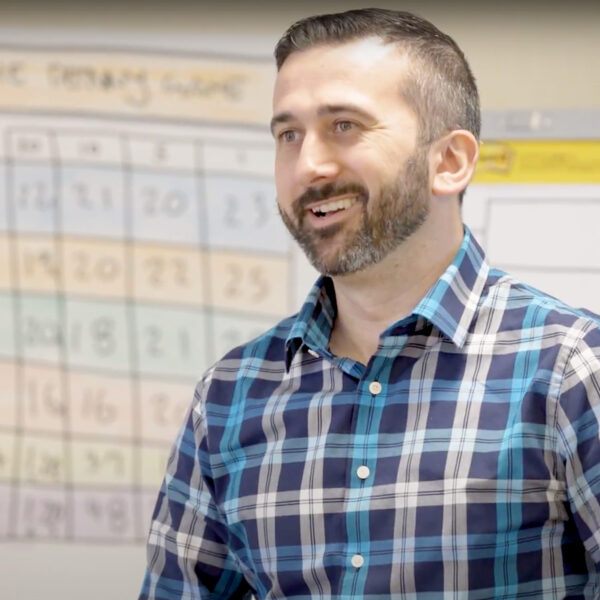The Challenge
California Department of Motor Vehicles (DMV) provides a broad range of services to millions of state residents. To operate efficiently and meet the expectations of its customers, the DMV realized that it needed to modernize its aging public facing and internal systems. Given the scope of this initiative, they were concerned about using outdated delivery models for their software development initiatives. A “big bang” redevelopment tackling everything at once would likely be beset with delays and budget overruns. The requirements of the project were not well known or identifiable and were subject to change as new information came to light. DMV leadership wanted to find a better approach for their software development projects. They recognized the clear benefits of employing an incremental, Agile delivery framework for their modernization efforts and sought an appropriate partner.
Our Approach
Rolling out a new approach to software development for a large organization like the DMV can be challenging. Consequently, they set the bar high in terms of Agile credentials when looking for a consulting and training partner. Given our many years of Agile software development expertise, GovWebworks was selected to partner with in retooling their project management and development capabilities. We provided a highly experienced Agile coach to implement appropriate training and coaching to help the DMV restructure their organization, and to set themselves up for success on their multi-year modernization project.


The Result
As part of the mentoring and consulting services, our consultant established a comprehensive strategy, deploying an extensive training and coaching program to support the DMV’s adoption of Agile. This included a thorough review of past successes and failures, internal skills audit, conceptual best practices, recommendations of possible team reorganization, and foundational training on Agile development best practices.
Training classes were held for all members of the project team. These covered the fundamental information needed to succeed using an Agile approach. Topics included:
- Introduction to Agile and Scrum
- Agile adoption and change management
- Scrum Master competency
- Roles and skills
- DevOps and technical practices
Beyond formal training, our support included day-to-day mentoring to support team members in adopting the new tools and techniques. We worked with key personnel to establish and optimize daily Scrum stand-ups, practice development of user stories, and manage product backlogs. We also educated personnel on how to establish sprints and conduct sprint reviews. These topics included:
- Introduction to Kanban
- Fixed scope and date plans
- Agile estimating
- Measurements and metrics
- User story writing
We also supported project leadership in the development of an Agile project charter, project vision, and product roadmap. Monthly status reports were delivered to the department regarding project progress, work to be performed, proposed milestones (with dates), and recommendations on future activities.
This engagement was an important aspect of the department’s internal shift from a traditional Waterfall approach to a more flexible approach. In particular we helped the department understand how the Agile methodology benefits IT projects by promoting adaptability and flexibility.